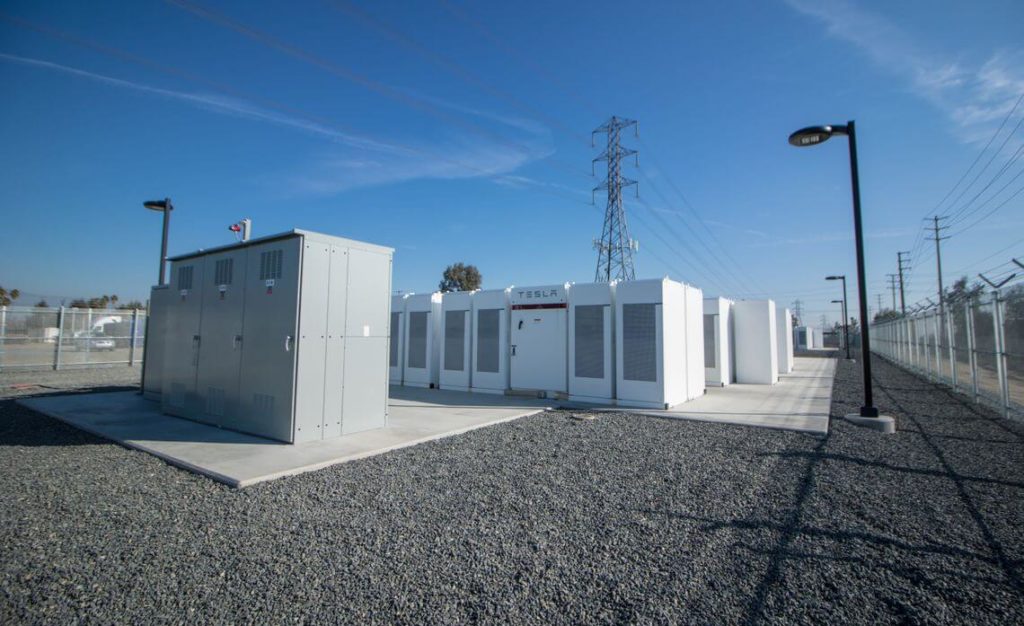Energy storage is emerging as the latest “killer app” for utilities, grid operators, and renewable energy generators. But identifying and valuing the technology’s capabilities have proven challenging—until recently.
Enter EPRI’s Storage Value Estimation Tool, or StorageVET®. This new web-based software models the value of services that storage projects can provide to the grid and utility customers. Services include infrastructure investment deferral, peak system load management, frequency regulation, energy price arbitrage, customer demand-charge management, backup power, and many others. The tool can be applied internationally.
EPRI released the first versions of StorageVET in 2013 and 2014 in its research programs, with access to funders and subsequent purchasers. With funding support from the California Energy Commission, EPRI in 2017 launched a publicly available version that can be used by regulators, storage developers, utilities, and other industry stakeholders.
StorageVET can be used to investigate storage projects for all applications (including solar-plus-storage) and sizes, from residential to bulk-scale. It can compare the costs and benefits of storage projects with those of conventional technologies, such as natural gas power plants and grid infrastructure upgrades. While conventional options often cost less than storage today, in certain situations storage may be economically attractive—particularly when factoring in the potential for multiple services. For example, a recent StorageVET analysis by EPRI found that a megawatt-scale battery storage system in a California urban area could be cost-effective for deferring a high-cost substation upgrade.
“An effective way to value energy storage opens new opportunities for utilities and their customers,” said Ben Kaun, program manager in EPRI’s Energy Storage and Distributed Generation program. “The conversation has been, ‘What is the cost of energy storage versus the cost of a new transformer?’ StorageVET is providing the power industry, regulators, and policy makers with deeper insights on the cost and benefits of storage.”

Policy and Market Drivers
Recent policy changes have led to utilities’ growing interest in the tool. In February, the Federal Energy Regulatory Commission’s Order 841 directed the removal of barriers to participation by energy storage resources in bulk power markets. Historically, storage has been required to play by market rules designed for conventional generators.
Growing markets also are driving interest. U.S. developers installed 431 megawatt-hours of energy storage systems in 2017, up 27% from the previous year, according to a March report by the Energy Storage Association and GTM Research. (The same organizations reported a cumulative U.S storage deployment of about 1,000 megawatt-hours as of 2017.) Storage system prices fell 10%, to a median value of $1,538 per kilowatt. The U.S. Energy Information Administration reports average capital costs of $1,100 per kilowatt for an advanced combined-cycle natural-gas plant.
Many of the nation’s large storage facilities are in California, where policies require utilities to use storage for smoothing the flow of electrons on the grid as more intermittent solar and wind power generation is deployed. By 2020, California’s three investor-owned utilities are required to procure at least 1,325 megawatts of storage, plus 500 megawatts connected by customers. To help utilities and storage developers navigate the new obligations, the California Energy Commission, California Public Utilities Commission, and California Independent System Operator created an Energy Storage Roadmap for reducing costs and streamlining policies.
Digging into the Details
EPRI is working with utilities in California and other states on StorageVET simulations. The aim is to provide insights on whether storage can compete with conventional technologies and to inform project specifications and evaluation of storage options. Utilities across North America, such as AVANGRID in the Northeast and Los Angeles Department of Water and Power, are participating in a collaborative EPRI project to evaluate various locations for storage deployment, quantify costs and benefits, and improve methods for incorporating storage into distribution planning.
To demonstrate StorageVET’s capabilities, EPRI compared the economics of building a battery storage facility and a natural-gas-fired peaker plant in southern California. One finding: With relatively low upfront capital costs ($1,600 per kilowatt), storage could provide more value over several years than a peaker with capital costs of $1,300 per kilowatt. (Costs are higher in California for conventional natural gas plants relative to the U.S. average.) The value was derived from various grid services that storage can provide, such as frequency regulation and spinning reserves.
According to Kaun, the results of StorageVET analyses depend on numerous factors, including location and power prices. “As battery prices and installation costs continue to fall, storage projects are likely to become more competitive,” he said. “Because the future value of energy storage is uncertain, it is important to evaluate a range of scenarios for robust outcomes.”
For Southern California Edison (SCE), storage projects that address multiple grid needs—such as deferring the need to add costly distribution infrastructure and helping a natural gas plant operate more flexibly—tend to be more cost-effective and are more likely to be selected than projects not providing those benefits, a spokesman said. More than 2,000 megawatts of natural-gas-fired power plants are scheduled to be retired in a region of SCE’s service area between Santa Barbara and Los Angeles Counties. In the past few years, SCE has procured most of the replacement capacity it needs with various resources, including storage.
With a $2 million grant from the California Energy Commission, EPRI plans to build a tool—similar to StorageVET—for evaluating the costs and benefits of all distributed energy resources. These resources include systems that integrate solar, storage, electric vehicle charging, demand response, and even microgrids.
Energy Storage Beyond California
While California has been an early adopter of energy storage technology, other states and countries are pursuing significant deployments as well. For example, New York state recently issued a roadmap to achieve a target of 1500 megawatts of energy storage by 2025. The European Union’s Bridge Horizon 2020 initiative is sharing lessons among storage demonstration projects. In 2017, Tesla completed a 100-megawatt storage system—one of the world’s largest—in South Australia.
EPRI Technical Experts:
Ben Kaun, Giovanni Damato, Miles Evans


